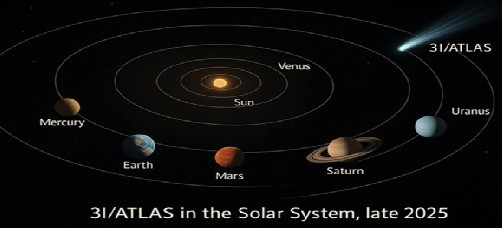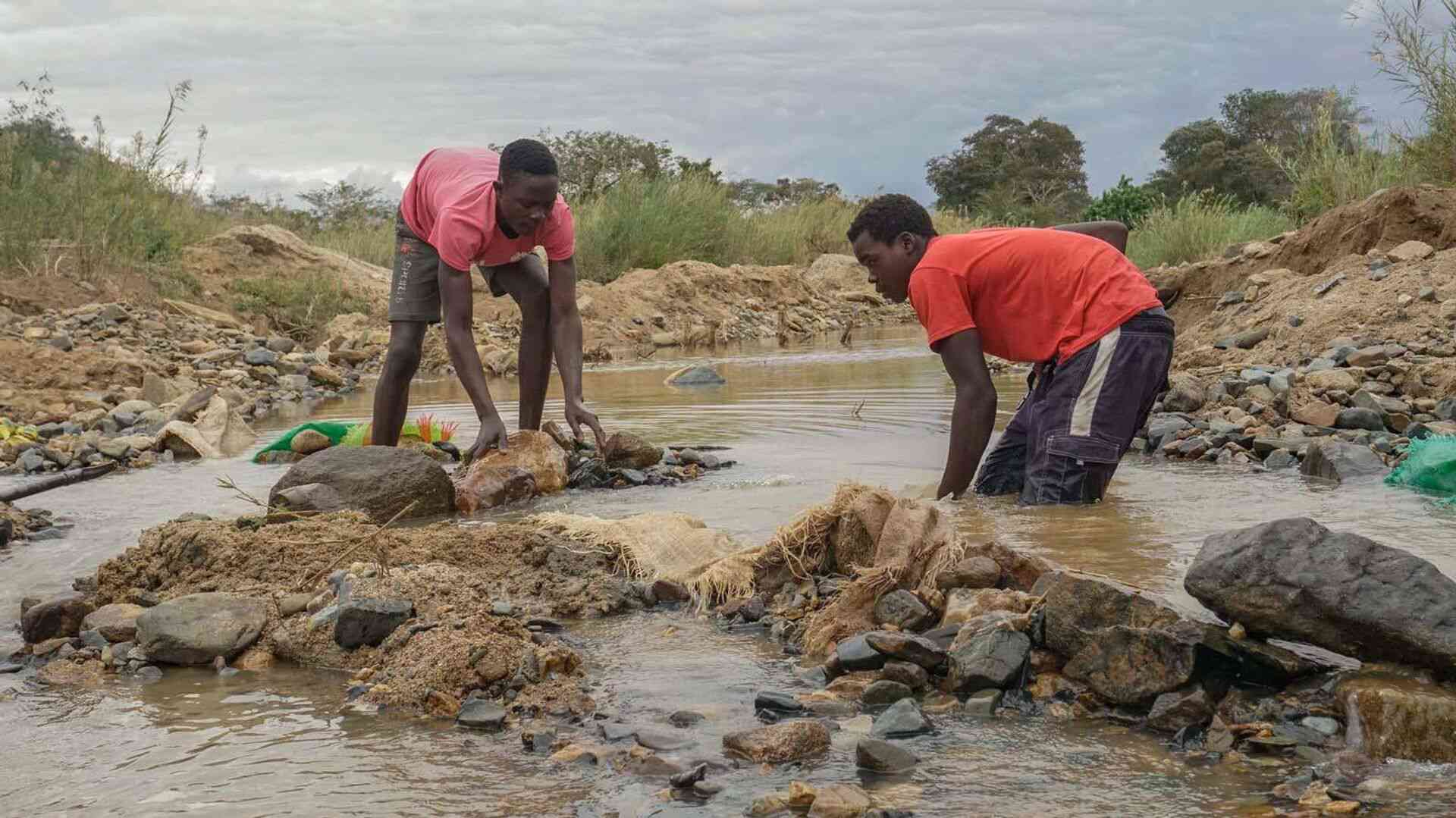
This week, our column turns its gaze skyward to explore the latest wonders unfolding in space. 3I/ATLAS is a huge comet from outside our solar system. It was found in 2019.
It moves very fast past the Sun. It has a bright tail of ice and dust. This tail tells stories from far away stars. It makes scientists excited and shows the universe is big and full of surprises.
Imagine the night sky as a huge outdoor cinema under Zimbabwe’s crisp, dry season stars. Suddenly, a stranger walks in, uninvited and unforgettable. That stranger is 3I/ATLAS, the third comet ever confirmed from outside our solar system. It is a giant icy rock, a dirty snowball the size of a small town, racing past us like a message in a bottle from another star.
Scientists spotted it only a few months ago, yet it already leaks water like a broken pipe, glows an eerie green, and sometimes nudges its path as if steering itself. For anyone in Zimbabwe looking up from the misty Eastern Highlands, the dusty streets of Harare, or the wide plains of Matabeleland, this visitor is more than a light in the sky. It is a reminder that the universe is full of surprises, just like the fresh ideas, bold risks, and clever pivots that keep our businesses growing.
Why discovery is special
On July 1, 2025, NASA’s ATLAS telescope in Chile spotted a fast moving dot, 3I/ATLAS, travelling at 61 kilometres per second. Initially thought to be a regular comet, calculations revealed it was not orbiting the Sun but passing straight through our solar system.
Unlike most comets, which come from our solar system’s edge and return repeatedly, 3I/ATLAS originated near another star and was ejected into interstellar space millions or billions of years ago. Only two similar interstellar visitors, Oumuamua in 2017 and Borisov in 2019, have been recorded, making each one a rare and valuable opportunity to learn about these cosmic wanderers.
Safe but spectacular journey
- How can Arkansas be a Suitable US state for Bitcoin Trading?
- School of sport: What is the problem?
- School of sport: We still have a problem
- Zim launches satellite
Keep Reading
The comet’s journey is thrilling but entirely harmless for Earth. In July, it passed Jupiter, using the planet’s gravity as a slingshot. On October 3, it flew by Mars, safely missing it by 30 million kilometres. It will reach its closest point to the Sun, called perihelion, on October 29 to 30, at a secure 130 million kilometres away, about earth’s usual distance from the sun.
In December, the comet will be 170 million kilometres away, offering earth its best view, before heading back towards Jupiter by March 2026 and speeding away forever.
On clear Zimbabwean nights, particularly in rural areas away from city lights, use binoculars to scan the western sky after sunset. You might glimpse a faint, fuzzy patch, 3I/ATLAS, visible for a week or two before the sun’s glare overtakes it. Even a phone camera on a tripod can capture its glow if aimed correctly; no telescope required to enjoy the spectacle.
Scientific spectacle
Major telescopes worldwide, including NASA’s Hubble and the James Webb, as well as European cameras around Mars, are closely monitoring 3I/ATLAS. Hubble revealed a teardrop-shaped dust cloud around a rocky core less than a kilometre wide.
Unusually, 3I/ATLAS became active early, releasing gas and dust while still far from the sun. Carbon dioxide erupted at much higher rates than water, and dust streamed off rapidly, forming a tail 100 000 kilometres wide long.
The comet changed from a reddish hue to bright green as sunlight triggered its glow, while European cameras on Mars captured it zipping past as a white dot.
Why Zim should pay attention
Space news is not just for scientists; it creates real jobs and sparks modern ideas that can grow our economy. Telescopes need advanced cameras, powerful computers, and clever software.
Zimbabwe’s young coders, already building apps and websites in Harare’s innovation hubs, can learn to write the code that controls the next generation of sky-watching machines.
Our universities, such as the University of Zimbabwe or the National University of Science and Technology, could join African sky-watching projects. South Africa is building the world’s largest radio telescope, the Square Kilometre Array. Nigeria launches small satellites. Zimbabwe could train students to analyse the flood of data these projects produce.
Zimbabwe also sits on minerals vital for telescope lenses, mirrors, and electronics, lithium, cobalt, rare earths. Right now, we dig them out and ship them raw.
Imagine instead turning those minerals into finished products right here, polished lenses sold to observatories worldwide at 10 times the price of the ore.
Space data teaches computers to spot patterns quickly, a skill that helps farmers predict rainfall, banks detect fraud, or clinics track disease outbreaks. Every big discovery starts with curiosity.
A simple comet story told in a classroom can light a fire under a child who will one day design solar panels, invent new medicines, or start a tech company.
Stories such as 3I/ATLAS make science fun and real. Teachers can use the comet to explain gravity, light, chemistry, even mathematics, without a single textbook diagram.
A child who learns about a glowing green visitor today might grow up to solve tomorrow’s energy crisis or cure a tropical disease. Public talks, school star parties, and newspaper columns turn distant lights into local heroes.
Business leaders in Borrowdale boardrooms or Bulawayo factories can learn from this comet: be ready to change direction when new chances appear. Embrace green energy, try new technology, or start an AI project for smarter farms.
Yes, print this in the Zimbabwe Independent. A weekly business paper needs a spark of wonder now and then. Markets rise and fall, but curiosity is forever.
As 3I/ATLAS races away into the dark, it leaves one clear message: look up, think big, and build the future right here in Zimbabwe.
Bangure is a filmmaker with a media degree and substantial experience in media production and management. He previously served as the chairperson of the National Employment Council for the Printing, Packaging, and Newspaper Industry. A dedicated enthusiast and scholar of artificial intelligence, Bangure combines his creative and technical skills to delve into innovative advancements. — [email protected].











